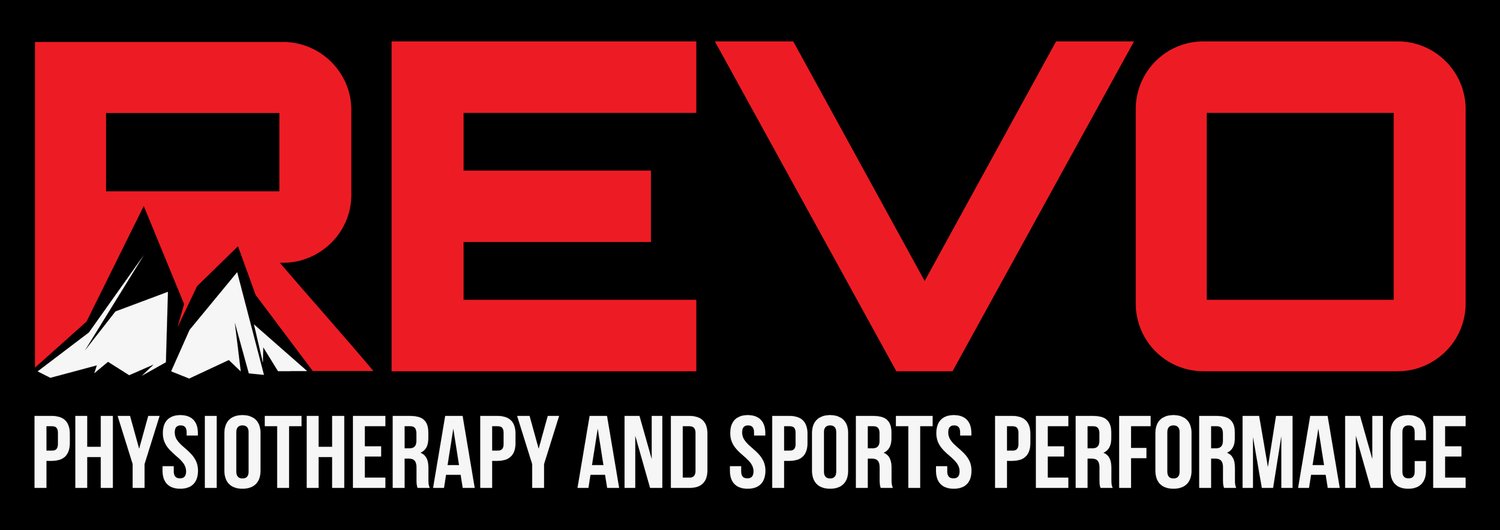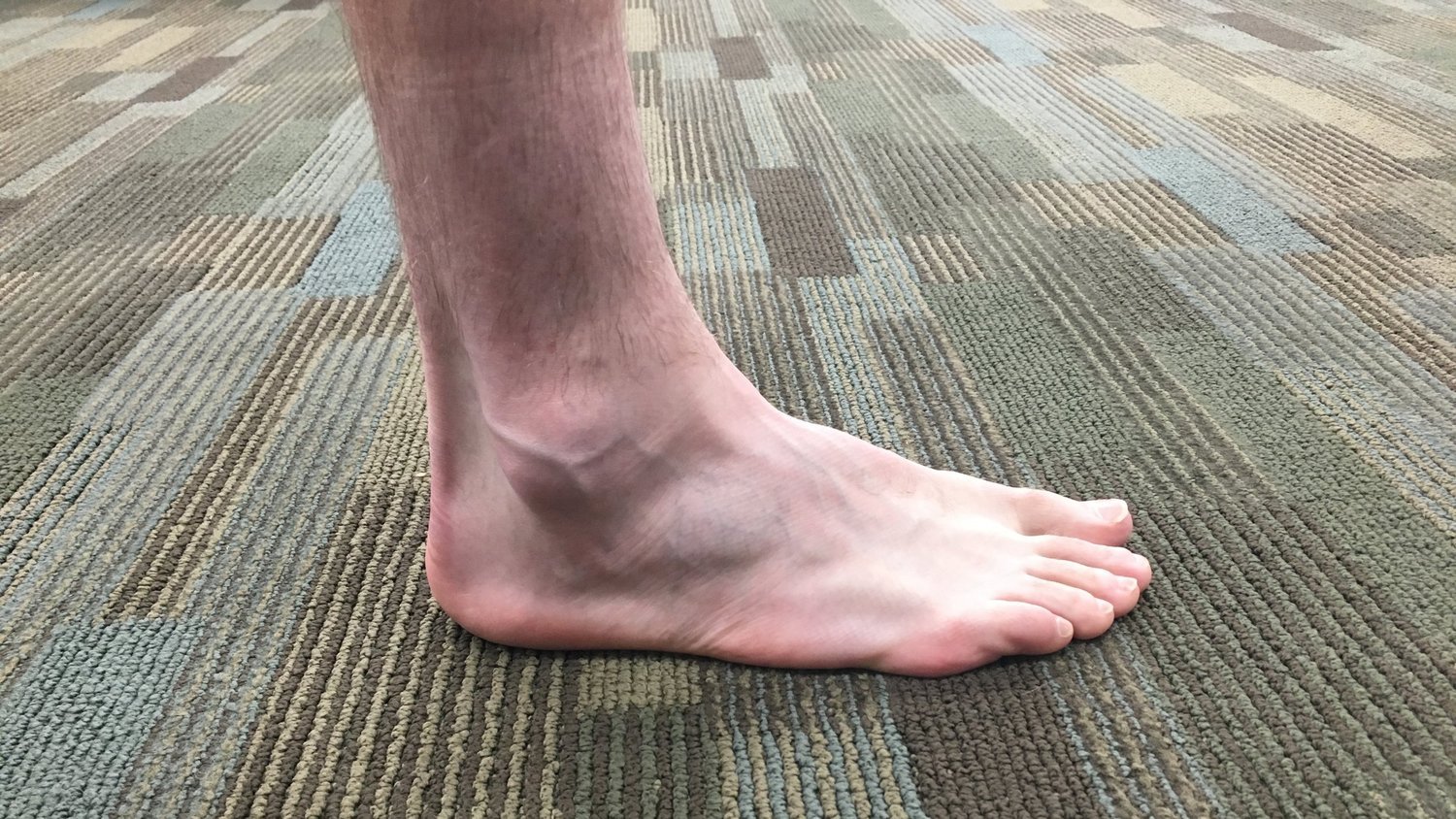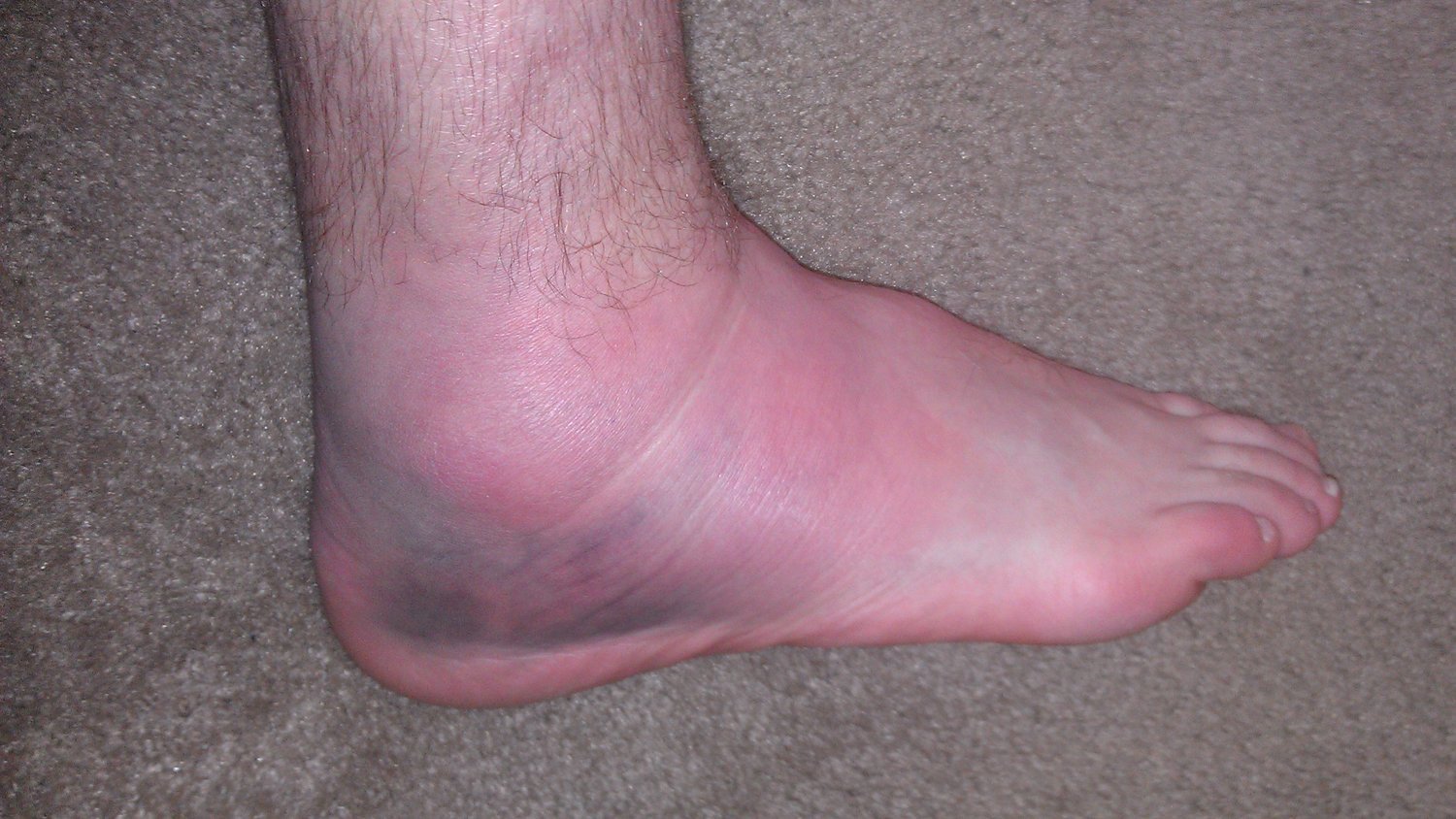Ankle pain, be gone.
Foot and ankle pain sucks. I've had more ankle sprains and fractures than I care to admit. Lateral ankle sprains, especially, just plain hurt. However, they usually "heal" up pretty quickly and allow you to return to your sport with seemingly minor inconveniences. Unfortunately, what you don't know about your ankle can, in fact, hurt you.
I would say that the lateral ankle sprain gets the least attention in most rehab settings and often has the most implications when rehabbed improperly. You can get away with a lack of range in the ankle for a while and feel ok. You can get back to your sport while there is still some swelling near the joint and perform well. I wouldn't recommend either of those situations but in the case of the ankle it has become common place to return to sport very quickly and ignore some important factors. For example, if you sprained your knee and it was visibly swollen and bruised you would probably proceed with caution. I see an entirely different mindset surrounding lateral ankle sprains.
My standard foot and ankle modeling look, decent.
My super swollen ankle after a trail in Moab swept my leg, hard. Gross. If your knee looked like this you wouldn't be expecting to get back to sport in two weeks. Why assume that is ok for the ankle?
We traditionally think of lateral ankle sprains as a mild injury. There are of course grades and classifications for these type of injuries. Ligament injuries are classically graded in one of three categories, 1-3. A grade 1 being a mild stretching of the ligamentous structure and a grade 3 being a complete rupture of the tissue. A vast majority of the sprains I see fall into categories 1 and 2. The mechanism on injury usually involves some degree of plantarflexion or pointing of the ankle downward like you are on the gas pedal and inversion or rolling inward.
The two most commonly injured lateral ankle ligaments are the anterior talofibular ligament and the calcaneofibular ligament, pictured above.
If you've experienced this type of injury you know they do tend to swell quite a bit. Whether you have a fresh sprain or suffered an injury a few months ago, addressing the issues that come with long term swelling can be a crucial part of your success. I usually see swelling stick around form these injuries or extended periods of time and cause a lot of continued pain and range of motion restriction. A quick and easy way to address this swelling is with a technique called voodoo flossing. We use a thick band to apply pressure to the joint and surrounding tissue and add range of motion. It works wonders on what we call "cold and old" swelling that has been around a joint for a long time. We will be attempting to move that fluid and restore proper blood flow. Check out the video below for more info on this technique.
So you are addressing your swelling now. Awesome! Next step is to improve your range of motion, specifically dorsiflexion. Dorsiflexion is critical to all athletic movements, running, cycling, hiking, walking, etc. You will feel the effects of limited dorsiflexion range eventually. The most common issues I see that link to a lack of this ROM include anterior ankle impingement, achilles pain, plantar fascia pain and even toe pain. Those of you who are experiencing pain from a bunion should pay attention. Lack of dorsiflexion often causes a medial collapse at the mid-foot to fake the range and this can result in off axis loading at the big toe. Ouch. The implications of this range of motion are far reaching, you should ensure you regain dorsiflexion as soon as possible. Check the video below for a few of our favorite ways to improve your ankle dorsiflexion.
Seems basic, I know. Don't let lingering swelling or limited mobility in your ankle stop you from doing what you want. Get proactive and start making a change before you are forced to stop your sport.



